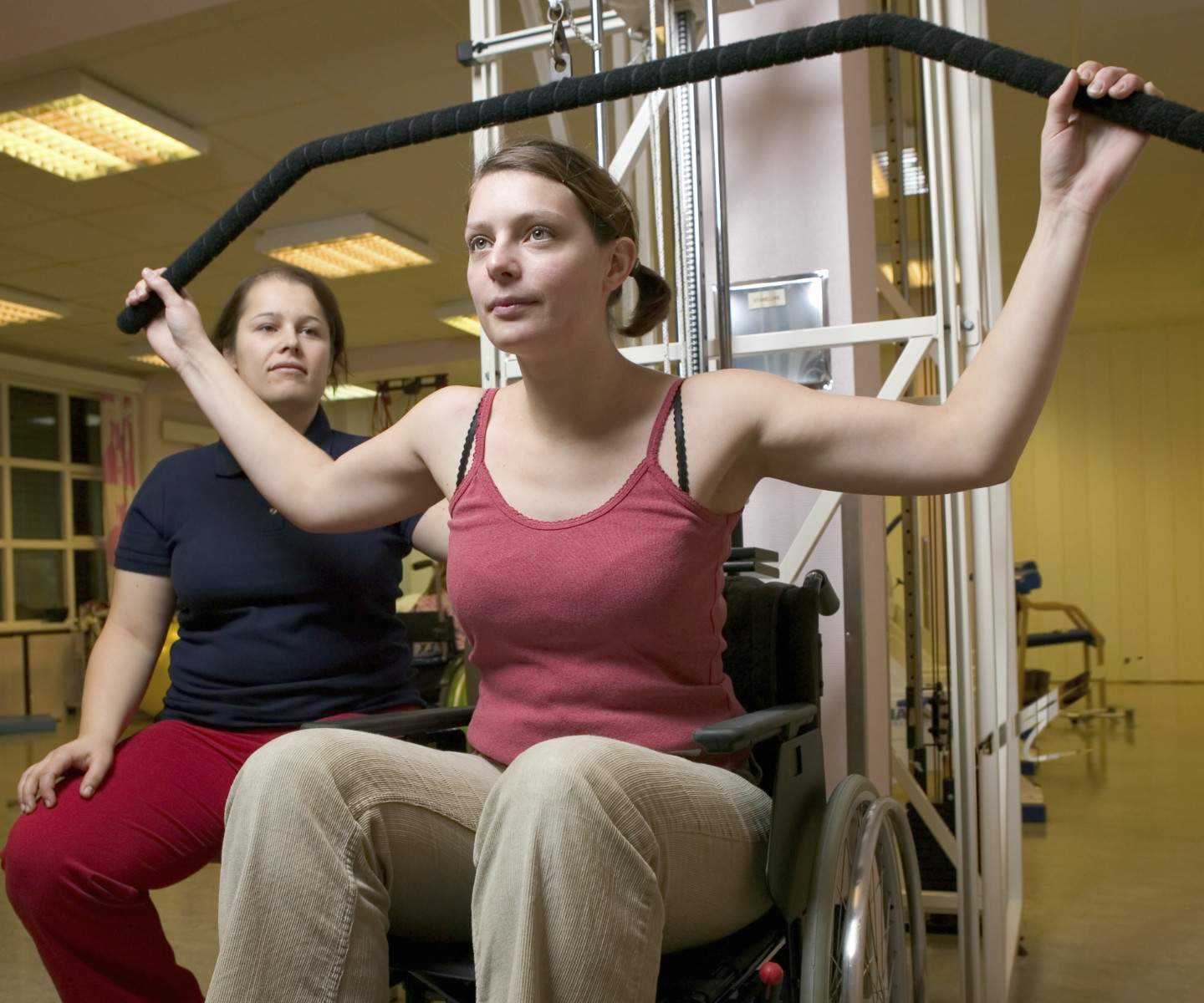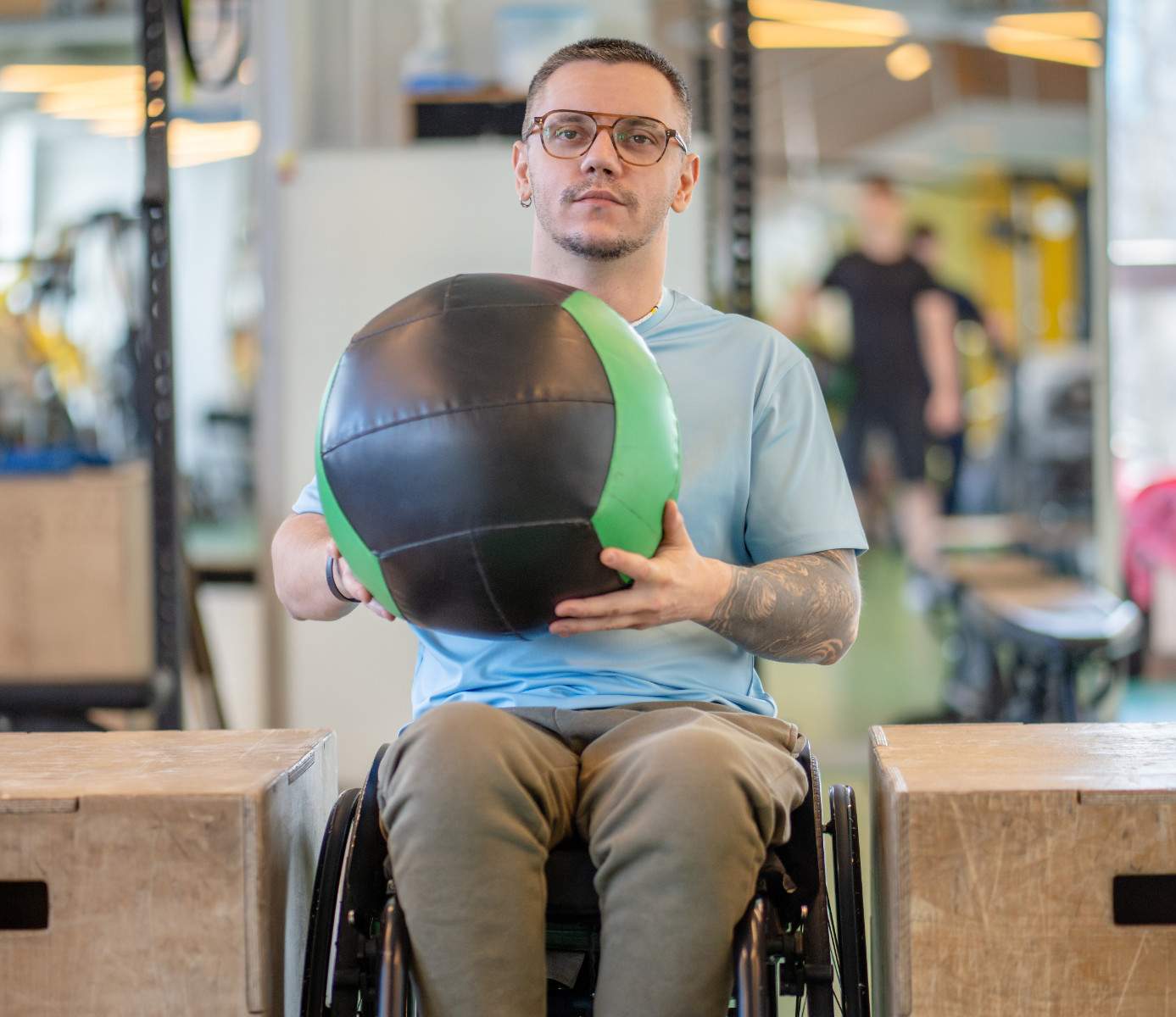Title: Combined Effects of Whole Body Vibration, Resistance Exercise and Vascular Occlusion on Skeletal Muscle.
Authors: Dr Item et al, (Institute of Human Movement Sciences and Sports and Institute of Physiology and Zurich Center for Integrative Human Physiology, Switzerland)
Source: International Journal of Sports Medicine (2011). 32(10), 781-787.
Introduction: Let me start by saying that the topic of this article, ‘Kaatsu’ training, was quite a contentious one between my esteemed co-author, Joseph, and I. But as this is my column, I believe it’s only fair that I get the opportunity to comment before he does! As a former competitive lifter, I am fascinated (almost obsessed) by potentially new drug-free/supplement-free training methods that promise to increase muscle strength and performance. Plus, I may just be a little more conscious of the muscle deterioration that comes with advancing age…
I first heard rumours about this ‘unique’, albeit strange, new training technique in mid 2000 at an overseas conference. My Japanese is quite limited (despite studying karate for 36 years, I can still only count one to ten and give commands) and the new colleagues I was attempting to question spoke even less English. A translator would have been worth every yen.
The rumours concerned themselves with a supposedly new Japanese strength training technique that purportedly resulted in significant gains in muscle size and subsequently muscle strength/function. What’s more, it was not pharmacologic and gains were attained in a very short period of time. If you are highly sceptical (as am I), I know what you are thinking: if it sounds too good to be true, it’s not and never will be.
As the rumour mill increased among strength and conditioning specialists and physiologists, finally in 2006 I read what I believe to be the first refereed article (Abe et al., Journal of Applied Physiology) on Kaatsu training, which demonstrated a significant improvement in muscle cross-sectional area – in only three weeks! Since that article, only a handful (n = 11) of research findings have been made available.
So, what is Kaatsu training? Often referred to as ‘occlusion’ training, it involves applying a tourniquet to an area of a specific limb in order to restrict the flow of blood while an exercise is performed at low intensity.
I know strength and conditioning coaches of professional athletes who are trialling Kaatsu training and, as you may imagine, it is difficult to perform. The majority of these coaches are combining the occlusion with leg press or leg extension, while one is actually combining it with squatting. The reason Dr Item et al’s research was of interest, is the mode of exercise they chose to incorporate the occlusion, specifically whole body vibration.
Methodologies: The investigators recruited 21 sedentary females (~24 years old) and split them into two groups:
Group 1 ‘VibroX’: Completed three supervised exercise sessions per week for five weeks. The training sessions incorporated six sets of exercises (squats and calf raises) on a whole body vibration platform (4mins on/1min off) while occluding the lower legs. The occlusion pressure utilised was the highest pressure the subjects could tolerate for four minutes. This equated to approximately 200mmHg and during the rest phase was dropped to 100mmHg. Muscle biopsies, DEXA (for muscle mass determination), isokinetic testing (muscular strength) and cycle tests (VO2 max) were completed prior to and following the exercise.
Group 2 ‘cont’: This group acted as controls and completed no exercise.
Results: Interestingly, the exercise heart rates during the VibroX training were approximately 95 per cent of the subjects’ maximum heart rates attained on the cycle ergometer VO2 max test. Muscle biopsy results found a significant increase in the type 1 muscle fibre cross-sectional area (+16.7 per cent) in the VibroX training group, type 2 muscle fibre cross-sectional area (+13.8 per cent) and thigh lean muscle mass (4 per cent). The VibroX group also had significant improvements in the maximal cycling power (+9 per cent) and time to exhaustion (+57 per cent) on the cycle ergometer exercise test. As a reminder, these gains were attained in only five weeks of training. Additionally, there were no improvements in maximal oxygen consumption (VO2max).
Discussion: The authors concluded that the five weeks VibroX training induced significant improvements in cycling power, isokinetic leg extension strength and muscle hypertrophy (increased vastus lateralis muscle). The authors further commented that the VibroX training required maximal effort from all of the training group participants; this is evident from the participants perceived maximal exertion and rating of pain.
Dr Item also commented that this type of training may be beneficial in clinical settings (i.e. deconditioned individuals); however, given the high exertion required and the high rating of pain, this may be unrealistic. The authors also make the suggestion that the combination of vibration training and occlusion training may be of benefit to highly trained endurance athletes. It is not appropriate to draw such a conclusion as an intervention that elicits a training response in a sedentary population (as this study did) is unlikely to have any effect in advanced athletes.
Pros: This is an interesting study which lends support towards the use of simultaneous whole body vibration and occlusion training. There are three studies available for free access online; just visit www.Pubmed.gov, search for ‘kaatsu’ and then select ‘free full text’. One author is proposing its use with astronauts.
Cons: Now, these results sound quite impressive, but all personal trainers know that it is possible to attain significant strength and fitness increases in formerly sedentary individuals. It will be interesting to repeat the above study with trained individuals in order to determine exactly how effective occlusion training is.
It is unfortunate that two forms of training were used simultaneously, as it is hard to determine which benefits were attributed to occlusion training and which were due to vibration training.
The practice of occlusion strength training carries risk, and rather than recommending its practice, I am simply informing you about occlusion training research results. I recommend you go to the scientific literature for further reading if this is of interest. Remember, occluding blood flow to muscle at any time is highly contraindicated and you should exercise (no pun intended) extreme caution if trialling this new technique. I am sure GPs would not recommend its practice. At this point in time, we need more information to determine the degree of occlusion and the duration of occlusion required for improved muscular (and performance) benefit, as well as what damage (short-term or long-term) is incurred. Interest in occlusion training is growing around the globe, so stay tuned for an update.
Associate Professor Mike Climstein, PhD FASMF FACSM FAAESS
Dr Mike is with the Faculty of Health Sciences and Medicine at Bond University, QLD. He is recognised as one of Australia’s leading accredited exercise physiologists working with patients suffering from a wide array of chronic diseases and disorders. For more information on this, or any recent Research Reviews, email michael_climstein@bond.edu.au.
Joe Walsh, MSc
Joe is an associate lecturer in the School of Exercise Science at the Australian Catholic University. He is a highly experienced researcher and is the national team leader for research methods units at the university. He and Dr Mike have authored numerous publications with findings presented at international conferences in Europe, Asia and North America.


